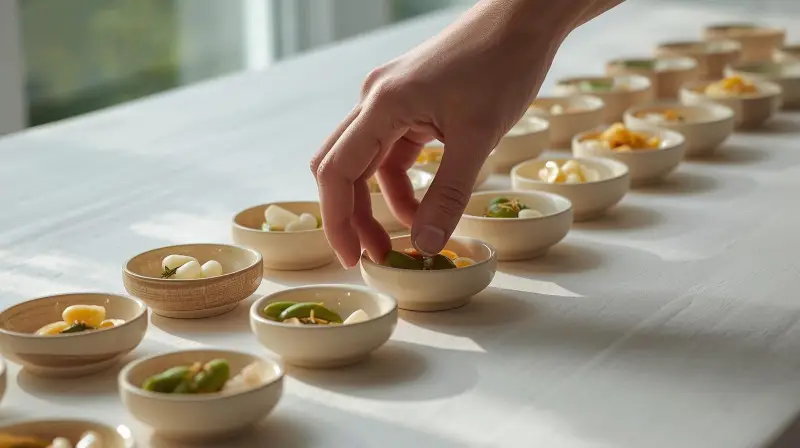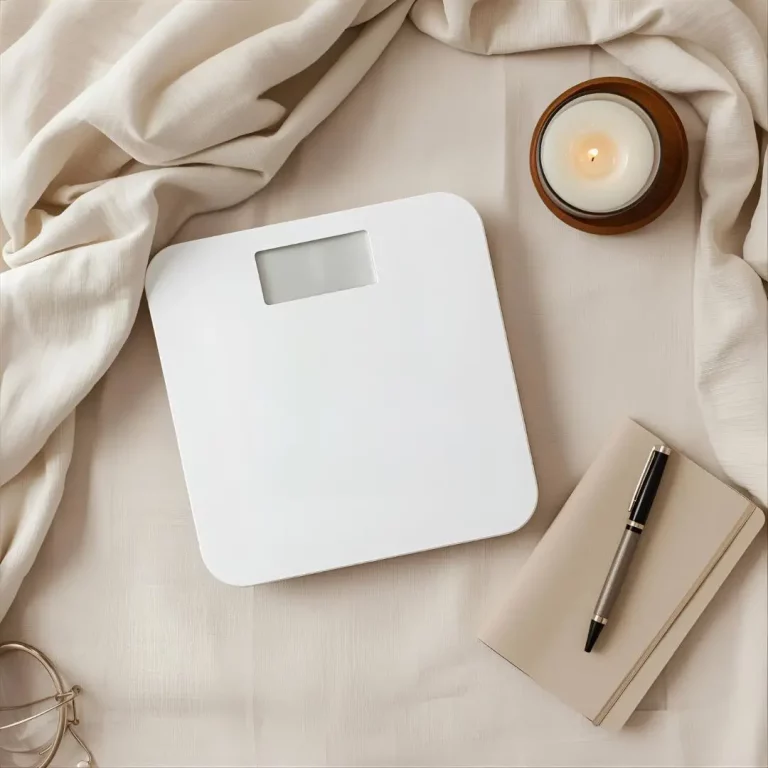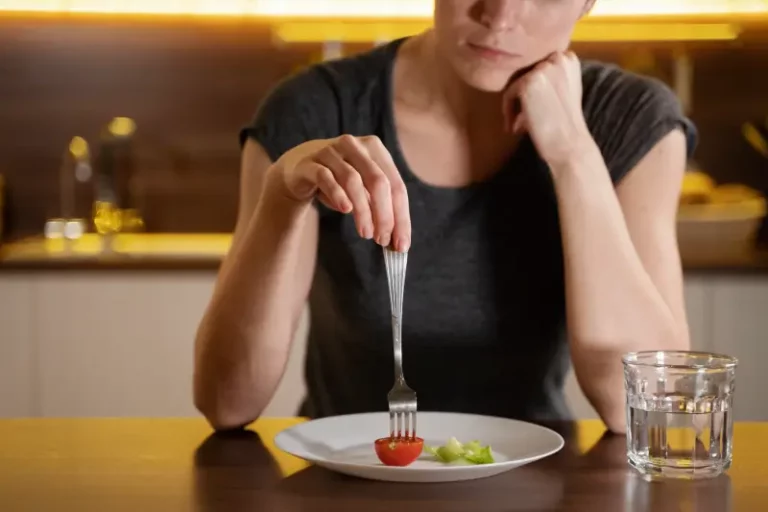8. The Manner of Eating
Let us be mindful of how we eat
In this reflection, we look at a lesser-known aspect of compulsive eating:
the addiction not to food itself, but to the way we eat.
Many of us in Overeaters Anonymous come to realize, over time, that our obsession and craving are often less about what or how much we eat, and more about how we eat it.
Behaviors such as playing with flavors, mixing and layering foods, pouring one dish over another, using excessive condiments or sauces, or even being drawn to the sound of a spoon or fork scraping the plate — in many cases, the ritual or manner of eating itself becomes a source of comfort, excitement, or emotional relief.
In such moments, eating shifts from a physical need to a psychological and emotional ritual — one that keeps our mind and body from facing real feelings, serving instead as a temporary refuge.
This reflection invites us to see how these seemingly small actions can actually reveal deep patterns of attachment, craving, and the illusion of control — patterns that keep us from experiencing eating as a free and conscious act.
Many of us have found that the Twelve Steps of OA are powerful tools in recognizing and releasing these patterns. Through tools such as writing, sharing, prayer, and service, members learn to observe their behaviors with kindness and without judgment, transforming eating from a compulsive act into a spiritual and grateful experience. The ultimate purpose of this journey is to restore a healthy relationship with food — one that is no longer built on escape, control, or performance, but grounded in presence, awareness, and love.
At first glance, compulsive eating may seem simple — a matter of eating too much or too little, beyond or below the body’s physical need.
But in the experience of many members of Overeaters Anonymous (OA), this phenomenon is far more complex and profound than mere “overeating or loss of appetite”. What may appear on the surface as a lack of willpower or discipline is, in truth, a multilayered behavior with emotional, psychological, and spiritual roots. Among its lesser-known layers is the addiction to the manner of eating — a dependency not on the food itself, but on the way it is consumed: the order, sound, and ritual of eating.
As we move forward in recovery, many of us begin to see that our attachment is not only to the taste or type of food, but to the experience of eating itself. Playing with flavors, combining foods, arranging dishes in a certain way, pouring one dish over another, or even listening to the sound of a spoon against a plate — these can all create a soothing or emotionally charged experience for us. Often, more than the food itself, we are captivated by the preparation, the choice of the plate, or the sequence in which we eat — as if performing a ritual that separates our minds from anxiety and inner tension.
Though such behaviors may appear harmless, at a deeper level they can reveal psychological dependency and a desire for control in emotional situations. Addiction to the manner of eating, like any other addiction, becomes a way to escape uncomfortable feelings, to fill an inner void, or to avoid the chaos within. In such moments, eating no longer responds to physical hunger but becomes a tool to regulate emotions and silence the mind.
Among OA members, compulsive eating can take many forms — eight main behavioral and mental patterns are often recognized: overeating, obsessive food control, obsessive abstinence, fantasy eating, secret eating, ritualized consumption, obsessive food thoughts, and swinging between restriction and excess. One of these expressions is fantasy eating — when the mind recreates the act of eating in an idealized or seductive way. In this state, the person is not drawn to calories or taste, but to the imagined and ritualized experience of eating itself.
Many of us have experienced that even when we replace a certain food with something of the same calories and nutrients, our minds still don’t consider it “enough.” That’s because it lacks the inner ritual of consumption. In other words, the compulsive eater is not unsatisfied physically but mentally. A sense of satisfaction comes only when every part of the eating ritual — the order of bites, the sounds, the colors, the textures, and even the emotional atmosphere of the setting — unfolds in a specific, familiar way. This reveals that our addiction lies not in the food itself, but in the manner of consuming it, deeply rooted in the mind.
When we examine this lesser-known dimension within the framework of OA’s Twelve-Step program, we begin to see that freedom from compulsive eating is not merely about abstaining from certain foods. It also requires recognizing our relationship with how we eat, with our emotions, and with our desire for control.
Part One: The Mental and Emotional Aspects of Eating Behavior in Compulsive Eating
1. Sensory Pleasure and the Role of Multiple Triggers (Sight, Sound, Smell, Touch)
For us compulsive overeaters, eating is not limited to taste or swallowing. Our diseased mind has long learned that every sensory cue connected to food can bring temporary comfort.
Looking at the color of a dish, hearing the sizzle in a pan, smelling the steam of fresh bread, or touching the softness of a food — all these sensations have been linked in our brains with feelings of relief, pleasure, and escape from tension.
Before a bite even reaches our mouth, our minds are already staging the scene — full of color, scent, warmth, and sound.
In our imagination, we eat the food long before we physically consume it. In this way, the sensory experience itself becomes a kind of drug — one that masks anxiety and momentarily fills the emptiness within. But like any addictive substance, its effect is short-lived, and soon we find ourselves returning to the same inner emptiness once again.
2. The Reward Mechanism in the Diseased Mind and the Cycle of Craving
In the brain of a compulsive overeater, the reward pathways work in such a way that the anticipation of eating can sometimes feel even more pleasurable than eating itself.
We become attached to the excitement of thinking about food — imagining its shape, or planning how we will eat it.
In truth, our minds are not addicted to nourishment but to the expectation of reward.
When our brains are stimulated by these images and sounds, we lose power over our thoughts and feel as if something inside us has suddenly “come alive.”
That fleeting sense of aliveness — created through an unreal means — is what keeps us trapped in the cycle of compulsive eating.
We might not even eat the food, yet our minds still go through the same reward pathway.
This is like being addicted not to the act of eating, but to the fantasy of it.
3. The Relationship Between Anxiety, Control, and Rituals Around Food
One of the main signs of our disease is the obsessive attempt to gain control through rituals and details of eating.
When we feel unsafe or anxious inside, our minds automatically begin creating “personal rules” around food:
I must eat from a particular plate.
My bites must follow a specific order.
The food must be prepared with a certain sound or in a certain way.
These rituals give us a brief sense of control — as if we’ve managed to bring a small bit of order into a chaotic inner world.
But in reality, this false control is just another face of the disease. Instead of facing our emotions, we hide behind behavior. And like every addiction, that refuge slowly becomes a prison.
4. Obsessive Eating Behavior Without Visible Overeating
In OA, we’ve learned that compulsive eating does not only mean “eating too much.”
Sometimes our illness appears in subtler forms — in behaviors that might look normal on the outside but are driven by obsession and anxiety on the inside.
For example:
Someone who doesn’t actually overeat, yet spends hours in their mind playing with tastes and flavors.
Someone who feels compelled to eat in a particular order or pattern — and becomes restless or angry if that ritual is broken.
Or someone who eats a healthier meal, yet feels unsatisfied because their “usual way of eating” isn’t present in it.
In OA, we have come to see that this is where our disease hides. Our fullness does not happen in the stomach — it happens in the mind. And our diseased mind feels satisfied only when the familiar ritual of consumption is repeated in its exact form. When that pattern is disrupted — even if the calories, taste, or ingredients are the same — the mind screams: “It’s not enough!”
That is the very moment which reminds us that our compulsive eating is not truly about food. It has become our way of experiencing life and feelings — a way that is sick and destructive. Only through working the Steps and connecting with a Higher Power can we bring this pattern back into the path of awareness, peace, and healing.
Part Two: Recognizing These Behaviors in the OA Recovery Journey
1. How Step One Leads Us to See Our Behavioral Patterns
Step One is where we admit that we are powerless over food — and that our lives have become unmanageable. But this admission does not only apply to visible overeating. Many of us have discovered in recovery that our powerlessness also extends to the way we eat.
When we allow ourselves to observe without judgment, we begin to see how much of our eating behavior is rooted in anxiety, fear, emptiness, or the desire for control. We realize that our lack of power shows up not only in what we eat, but in how we eat — the order of our bites, the utensils we use, even the time and place we choose to eat.
Accepting this truth marks the beginning of awakening. For as long as we didn’t recognize our method of consumption as part of the disease, we couldn’t be free from it. Step One moves us from self-deception to honesty — showing us that our problem goes far beyond the plate. It lies in our mind and spirit.
2. Writing and Sharing About Our Eating Methods in Step Four
In Step Four, we begin a fearless and searching moral inventory of ourselves. This exploration is not only about our relationships and fears; it also includes our relationship with food and the manner in which we consume it. When we write with honesty, we often discover that many seemingly harmless behaviors were actually ways to escape or control our feelings.
Writing about the times we “had to eat in a particular way, or the times we felt deeply uncomfortable when our usual ritual was broken, helps us recognize the patterns that keep us bound.
When we share these writings with a sponsor or in a meeting, the weight of shame begins to lift. In the presence of others, we realize that we are not alone — and that these behaviors are not signs of personal weakness, but symptoms of the shared illness we all face.
3. The Role of Service and Honesty in Breaking Free from Hidden Rituals of Eating
Service is one of the most powerful tools of recovery, because it draws us out of our obsessive self-focus. When we serve — whether in a meeting or by reaching out to newcomers — our minds are no longer centered solely on our eating rituals.
At the same time, daily honesty is the key to freedom from those hidden rituals. Each time we honestly admit that we are still attached to a certain way of eating, another layer of the disease loses its grip. Recovery in OA is built on not hiding — not even the small obsessions we are ashamed to name.
Through honesty, we no longer need to pretend that we are “in control.” We acknowledge that a part of us is still sick — and that very acceptance opens the door to real transformation.
4. Rebuilding Our Relationship with Food as a Divine Gift, Not an Emotional Refuge
In recovery, we gradually learn that food is neither our enemy nor our refuge — it is a gift from our Higher Power, a means to sustain life, not a substitute for living it.
As we slowly move away from obsessive patterns of eating, we begin to eat again with presence, gratitude, and awareness. For many of us, saying a simple prayer before a meal, pausing to see and smell the food with appreciation, and eating slowly and mindfully have become spiritual practices.
At this stage, eating is no longer a way to escape — it becomes an opportunity to connect: with God, with our bodies, and with life itself. We come to understand that true satisfaction does not come from filling the stomach, but from living in acceptance and presence in the moment.
Part Three: The Method of Eating and Spiritual Healing
1. Awareness of Our Method of Eating
As we move forward in recovery, we gradually come to see that our problem goes far beyond overeating. The issue also lies in how we eat. Many of us realized that, for years, we had created personal rituals around food — tasting, arranging bites in a certain order, the sounds of our spoons and forks, even the precise placement of food on the plate — rituals that calmed our anxious minds and covered our inner unease.
When we begin to observe these patterns, we see that our dependency is not merely on food itself, but on the entire experience of eating. This awareness helps us understand that our powerlessness is not limited to quantity — it also extends to our methods and mental rituals around eating.
2. Silence, Presence, and Prayer in Restoring Awareness
We have learned that freedom from these patterns does not come through force or self-control, but through conscious presence. Before eating, we pause for a few moments of silence, say a prayer, and ask our Higher Power to let this food be a means of nourishment and awareness — not an escape from our feelings.
This brief pause gives us the space to recognize the difference between true hunger and the craving that arises from anxiety. When we are present, even a simple bite of food can satisfy us — while in the past, no table, no matter how full, could ever bring peace to our minds.
3. Transforming Eating from Escape to Gratitude and Connection with God
With time and practice, we discover that food is no longer our refuge, but our teacher — a bridge to our Higher Power. Each bite becomes an opportunity to practice gratitude, to notice the life expressed in every color, taste, and texture, and to feel a deeper connection with God.
We have learned that true satisfaction does not come from the body, but from the spirit. When we eat consciously and with presence, every meal becomes a moment of healing — a chance to rebuild our relationship with our bodies, our minds, and our Higher Power. This shift releases us from the cycle of escape and dependence, turning eating into a spiritual and thankful experience.
Conclusion
In exploring our method of eating and compulsive overeating, we have come to see that our illness goes far beyond simply eating too much. What many of us have experienced shows that our addiction is not only to food itself, but also to the way we consume it — the mental and emotional rituals that surround it.
Tasting, arranging bites, listening to sounds, organizing the plate, and maintaining personal rituals are all parts of the disease cycle. Without awareness, even substituting “healthier” or lower-calorie foods cannot bring us freedom.
We have learned that release from compulsive overeating does not come merely from avoiding certain foods. Real change begins when we consciously recognize our hidden behaviors and obsessive eating rituals — and replace them with awareness, honesty, and self-care. Self-observation, writing about our experiences, and sharing with others in OA meetings are powerful tools that help us see and transform these patterns.
Ultimately, recovery teaches us that eating can become an act of awareness, gratitude, and connection with our Higher Power — not a means of escape or control. When we learn to eat with presence and thankfulness, the cycle of compulsion begins to break, and step by step, we move closer to the true experience of satisfaction, serenity, and freedom.







